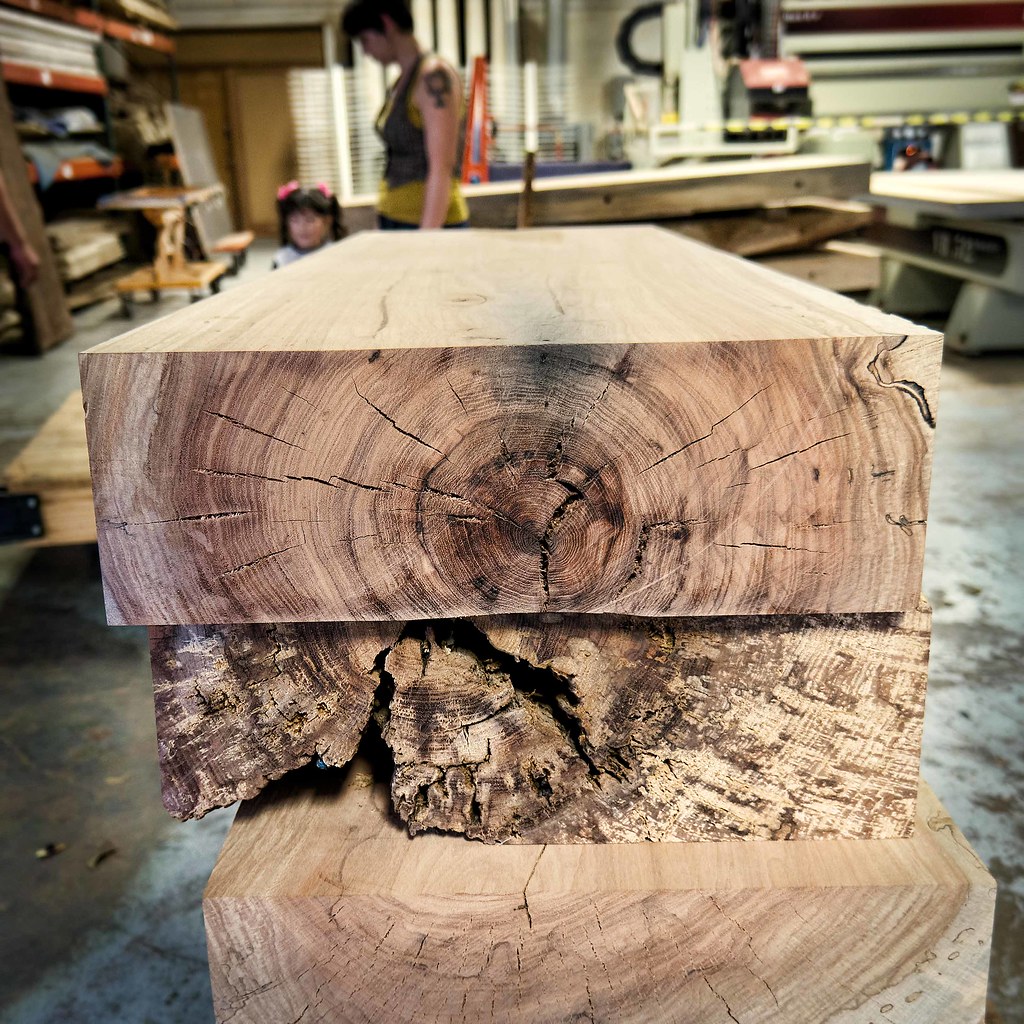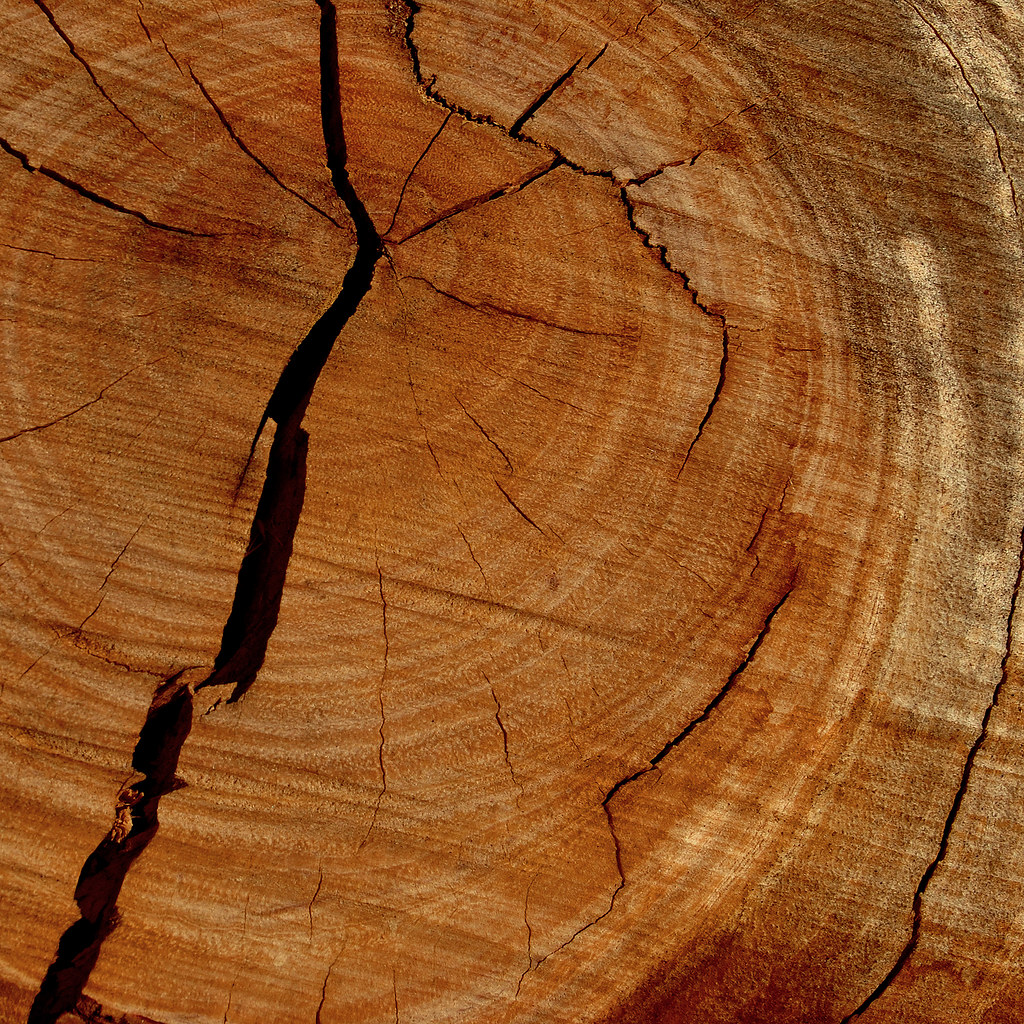Cutting boards are a kitchen essential, and selecting the right one can significantly impact your cooking experience. This article explores the key differences between edge grain and end grain cutting boards, examining their construction, benefits, maintenance needs, and cost considerations.

Edge grain cutting boards are constructed by laying long strips of hardwood, such as maple, cherry, or walnut, side by side, with the wood fibers running horizontally. This method of construction lends several benefits:
However, edge grain boards do have some drawbacks:

Edge grain cutting boards are suitable for everyday kitchen tasks such as:

End grain cutting boards are created by arranging short square pieces of hardwood vertically on their ends. This construction provides unique benefits:
There are a few drawbacks to consider:
Both edge grain and end grain cutting boards offer aesthetically pleasing and functional qualities:
| Aspect | Edge Grain | End Grain |
|---|---|---|
| Cost | More affordable | More expensive |
| Knife Friendliness | Moderate | High |
| Aesthetics | Natural, long grain patterns | Checkerboard patterns |
| Durability | Durable | Highly durable |
| Maintenance | Less frequent oiling | More frequent oiling |
Proper care and maintenance are essential to extend the life of your cutting board, regardless of the type:
The choice between edge grain and end grain cutting boards ultimately depends on your specific needs and preferences. Edge grain boards are a more budget-friendly and lighter option, ideal for everyday kitchen tasks. End grain boards, while more expensive, offer superior durability and knife preservation, making them suitable for heavy-duty use. Both types provide a safe and visually appealing surface for food preparation.
For more details on the secrets of cutting boards, check out this comprehensive guide on end grain cutting boards.
Additionally, if you are interested in woodworking and design, you might want to learn about what quarter sawn means in the context of woodwork.
You can also explore the versatility of pipe clamps in woodworking, which can also be related to the precision and sturdiness you might look for in cutting board designs and other woodworking projects.


Further detailed insight can be gained by reading about the superior strength of end grain in industrial flooring. End grain construction is not only beneficial for cutting boards but also provides an interesting application in other fields.
